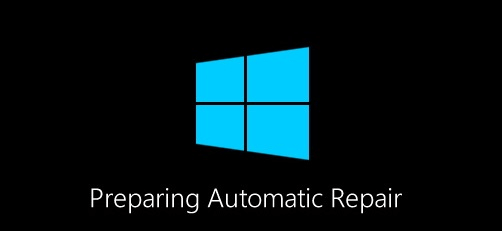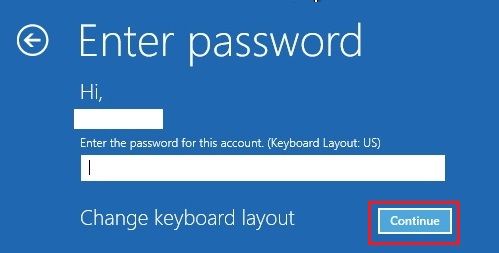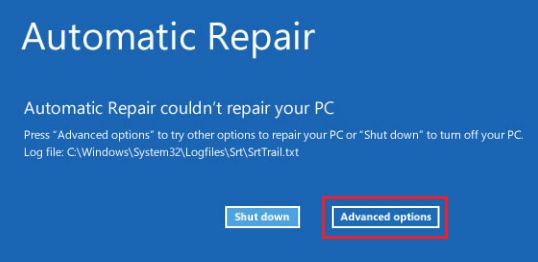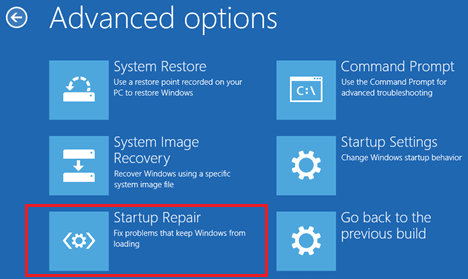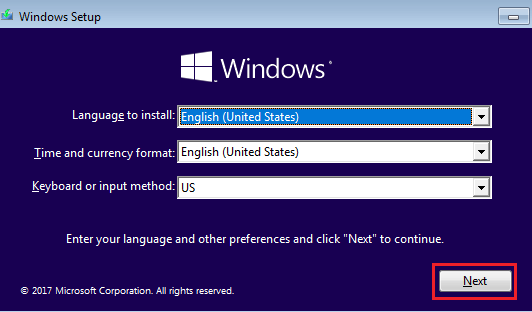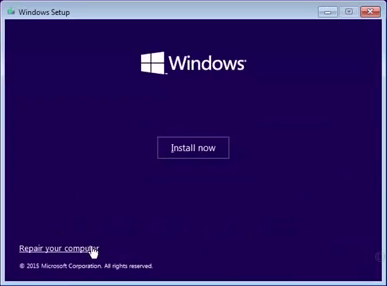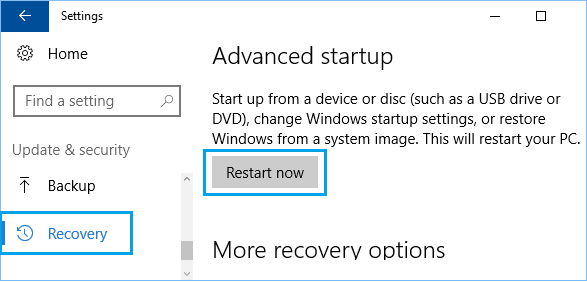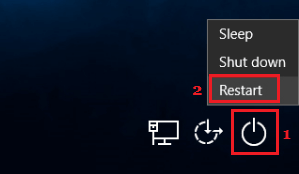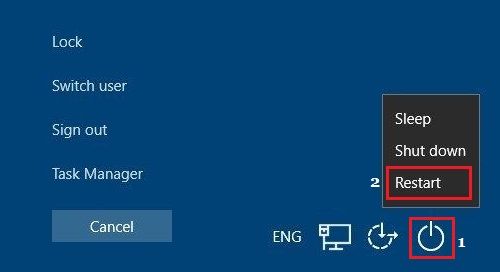Run Startup Repair in Windows 10
The Startup Repair Tool in Windows 10 can be run from within the Desktop, from the Lock Screen and also from outside Windows 10. If the installation of Windows 10 becomes corrupted, you should still be able to Run Startup Repair by using Recovery Drive or by forcing your computer into Recovery Mode. You will find below multiple ways to access the Startup Repair option in Windows 10.
1. Run Startup Repair Using Recovery Mode
If your computer is going through problems or unable to load properly, it should automatically go into Recovery Mode. If it does not, Press and Hold the Power Button to Power OFF the computer.
After the computer is completely powered OFF, press the Power button to start the computer.
Since, the computer is unable to load Windows 10, it should start Self Diagnostic Power-On Self-Test (POST).
Once the Power-On Self-Test (POST) is completed, press the Power button to shut down the computer.
Repeat above steps (1 to 3) two more times.
During the third restart, your computer should enter into Windows Recovery Environment, where you will see your computer performing a number of diagnostic tests to fix booting problems.
When prompted, select your User Account, enter User Account Password and click on Continue.
After diagnostic tests are completed, click on Advanced options.
On Advanced options screen, you will find the Startup Repair option.
Note: If Startup Repair does not fix the problem, you can try other options as available on the Advanced Options screen to fix your computer. If you are logged into your computer, you can Run Startup Repair using the Settings menu.
- Press the Power button to start the computer > Before Windows 10 loading screen appears, press the Power button again to Power OFF the computer.
- Repeat the above step, until you see a message reading “Windows 10 failed to boot and is now running Startup Repair.
3. Run Startup Repair Using Bootable Windows 10 USB Drive
If you are unable to start the computer or unable to force the computer into Recovery Mode, you need to make use of a Windows Recovery Drive or Bootable USB Drive to boot the computer. If you do not have a Recovery Drive, you can still create a Bootable USB Windows 10 USB Drive by using another computer.
Shut down the computer by pressing the Power button.
Insert Bootable Windows 10 USB Drive into the USB port of your computer and Press the Power button to start your computer.
Once your computer starts, click the Next button.
On the next screen, click on Repair your computer option located at the bottom-left corner of your screen.
Once you click on the Repair option, you will be taken to Windows 10 Advanced startup screen.
4. Run Startup Repair from Settings
Go to Settings > Update & Security > select Recovery in the left pane. In the right-pane, click on Restart now button located under Advanced Startup section.
After the computer restarts, navigate to Troubleshoot > Advanced options and click on Startup Repair.
5. Run Startup Repair from Lock Screen
If you are able to start the computer but unable to Login to your User Account, you can access Startup Repair by using Power Options menu located at the login screen (bottom-right corner). Click on Power icon (1) > Press and Hold down the Shift Key and click on the Restart (2) option.
After the computer restarts, click on Troubleshoot > Advanced options > Startup Repair.
6. Run Startup Repair Using Keyboard Shortcut
This method can be helpful, if your computer is stuck or if the Power or Start button is not working on your device.
Press Ctrl + Alt + Delete keys on the keyboard of your computer.
On the next screen, click on the Power button (1) located at the bottom-right corner of your screen.
Press and hold the Shift key and click on the Restart (2) option.
After computer restarts, click on Troubleshoot > Advanced options > Startup Repair.
How to Restore Windows 10 Computer Using System Image How to Backup Windows 10 Computer

